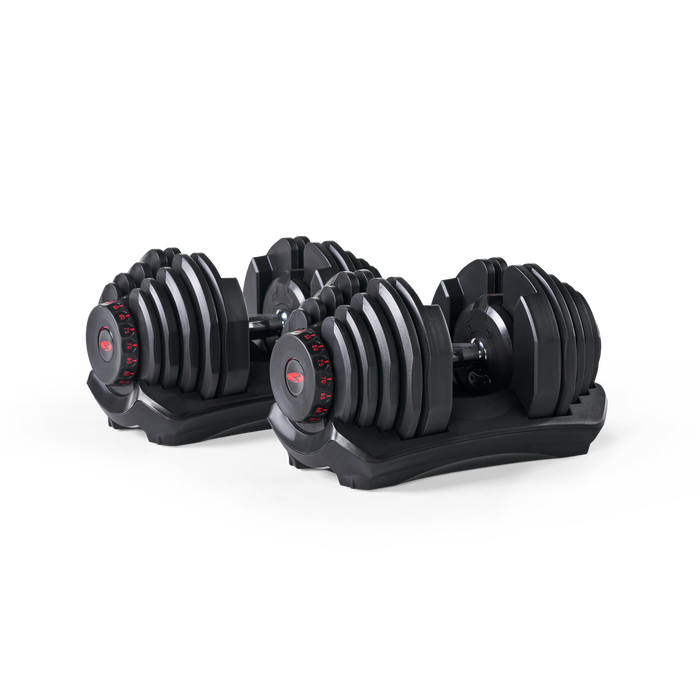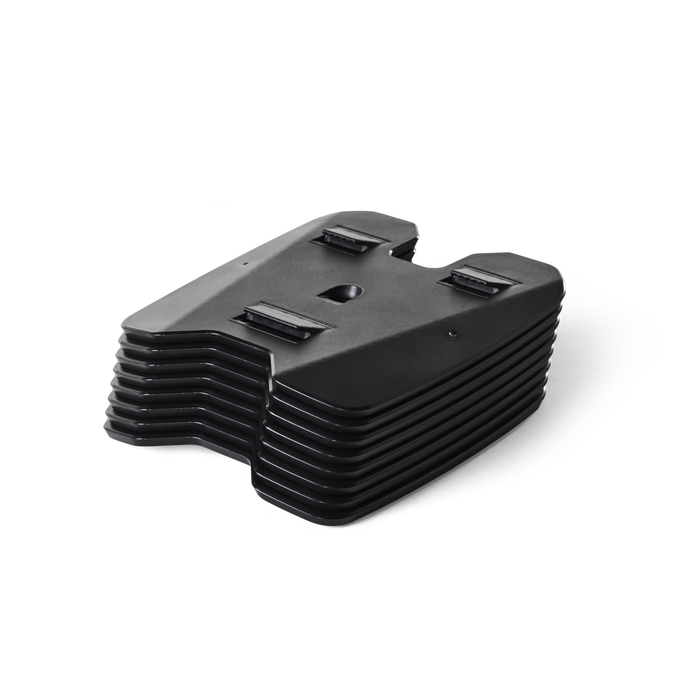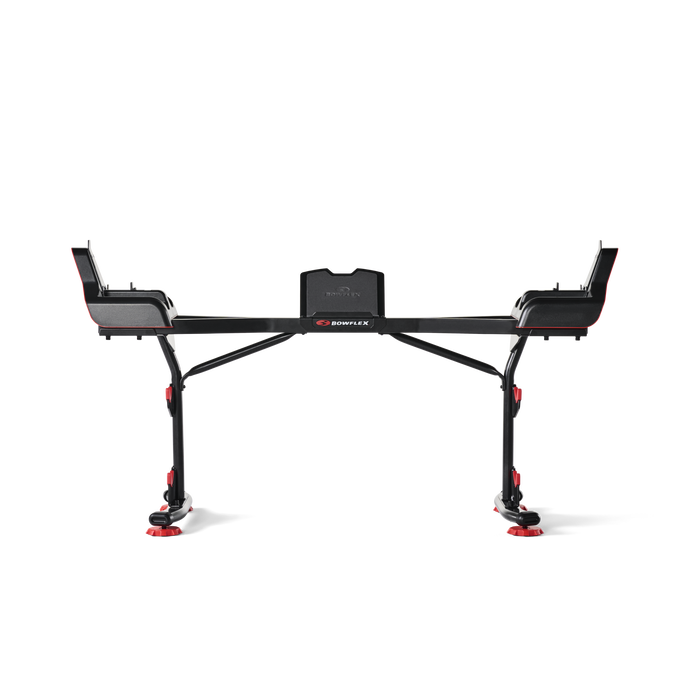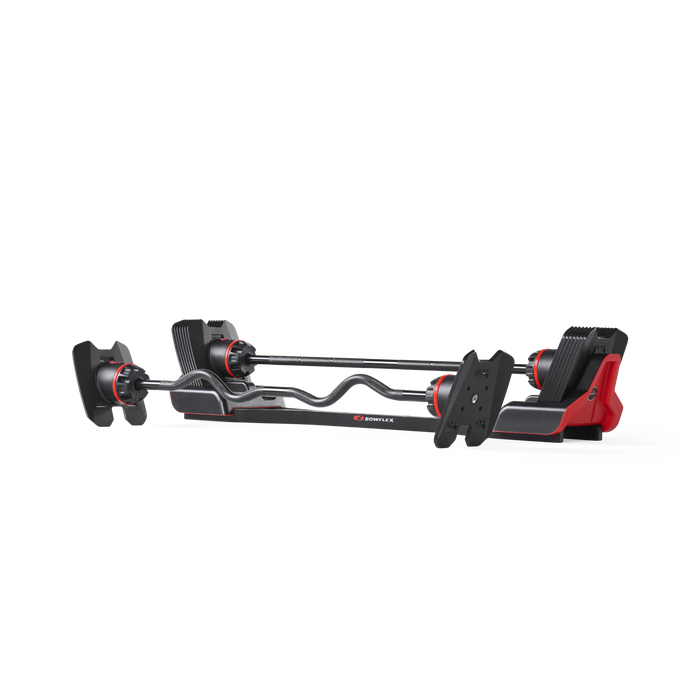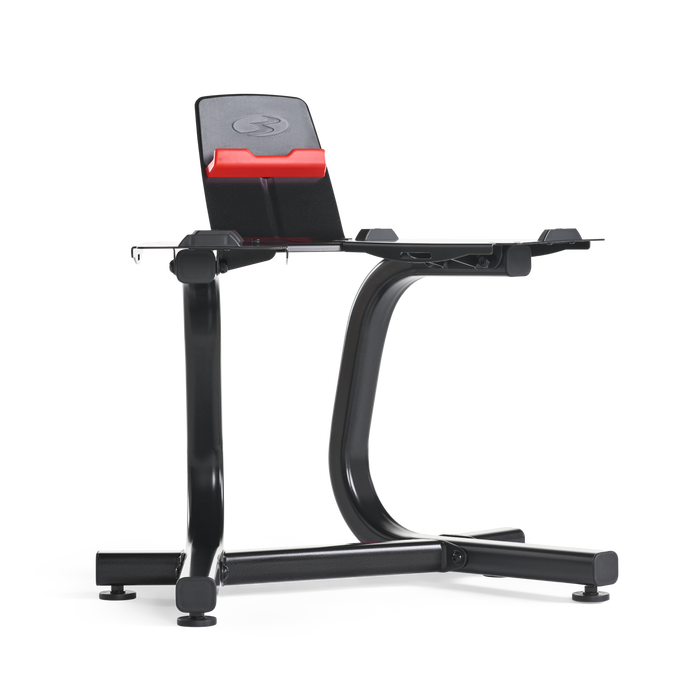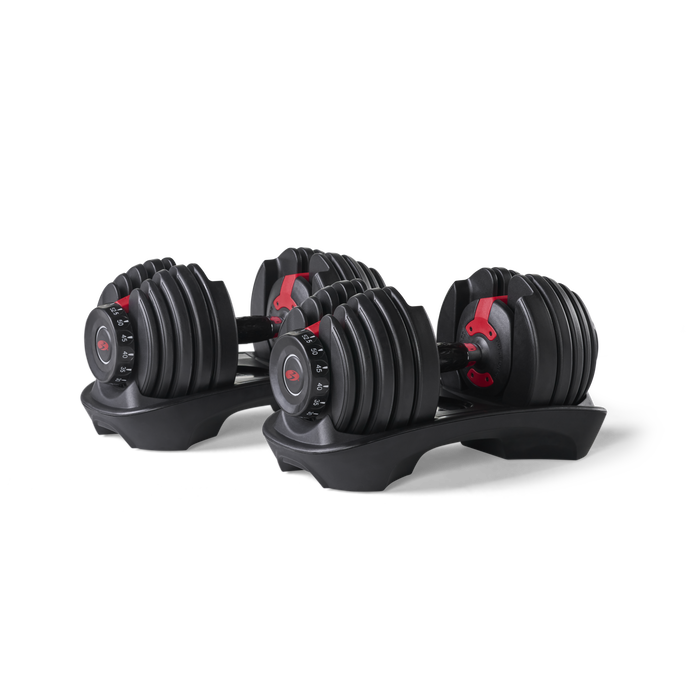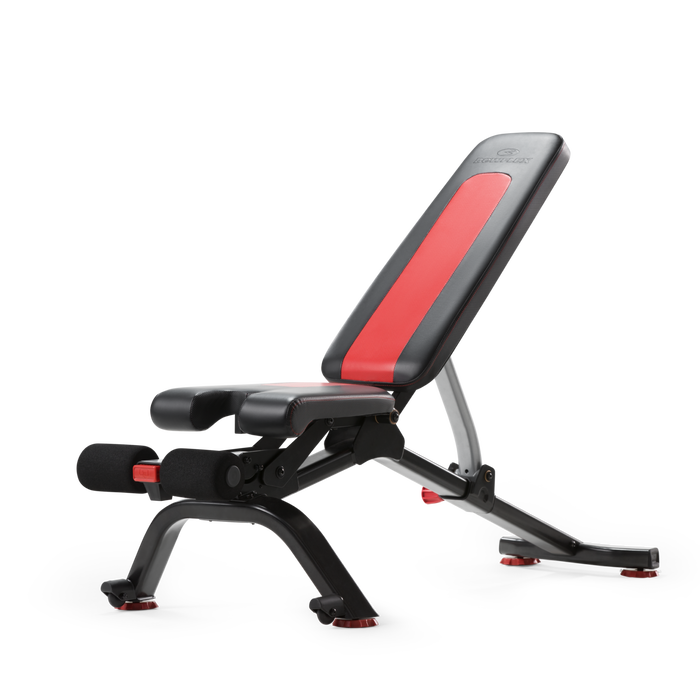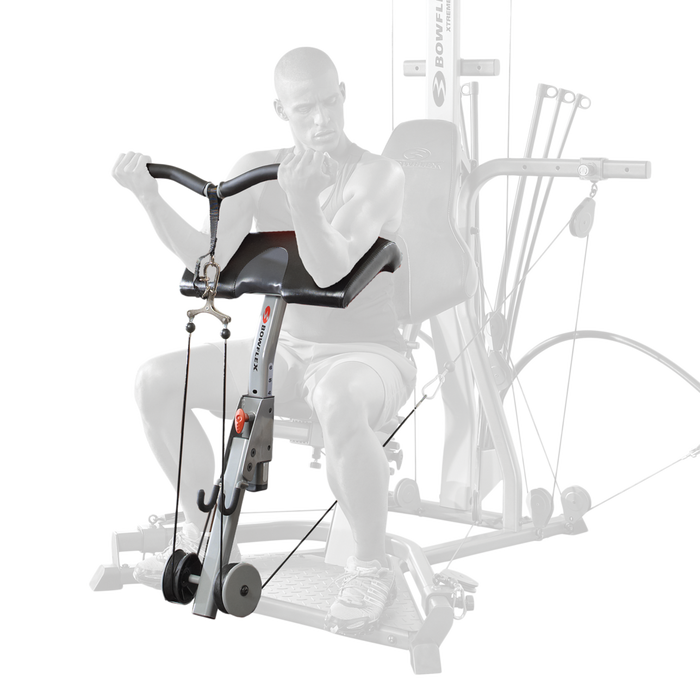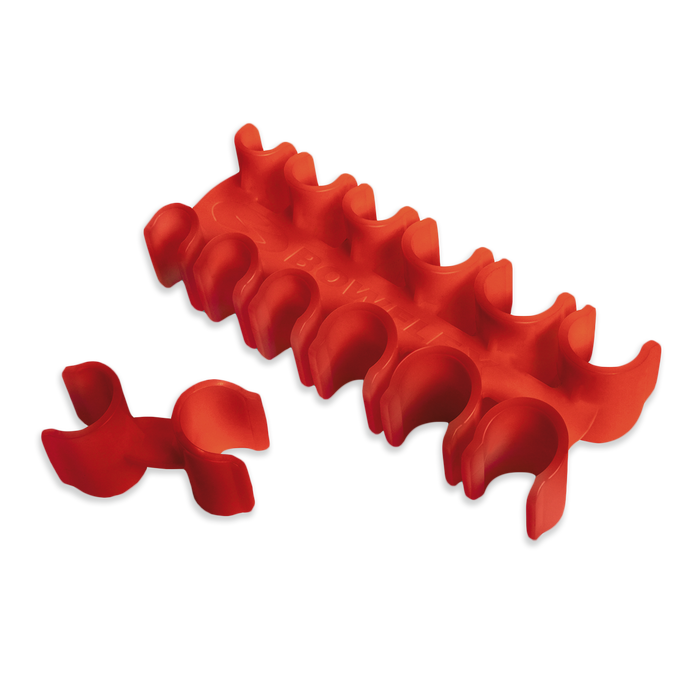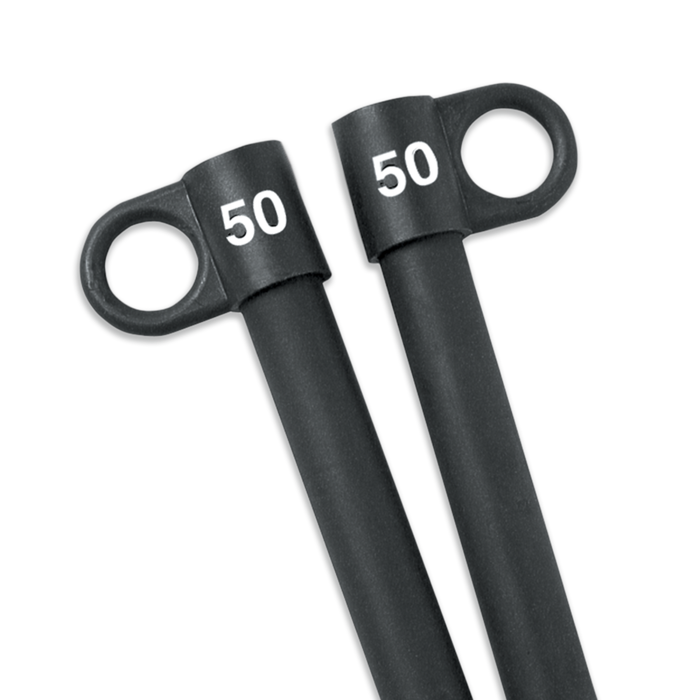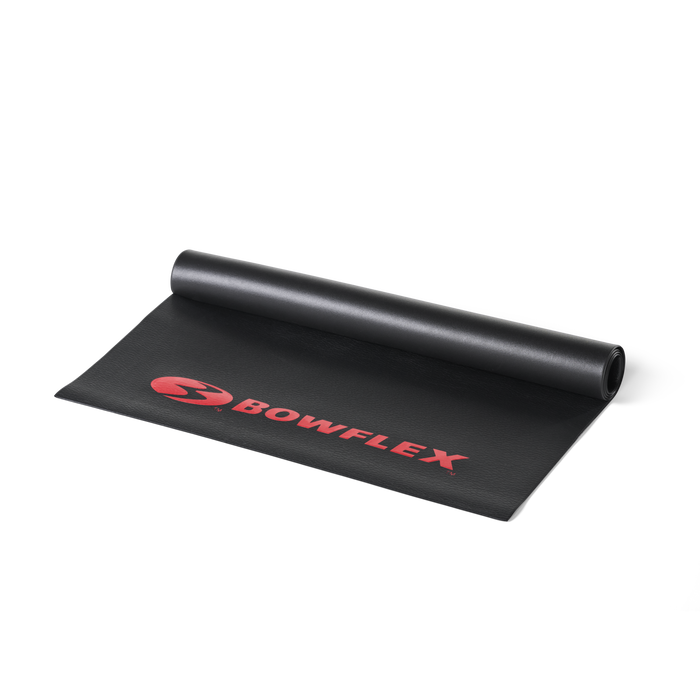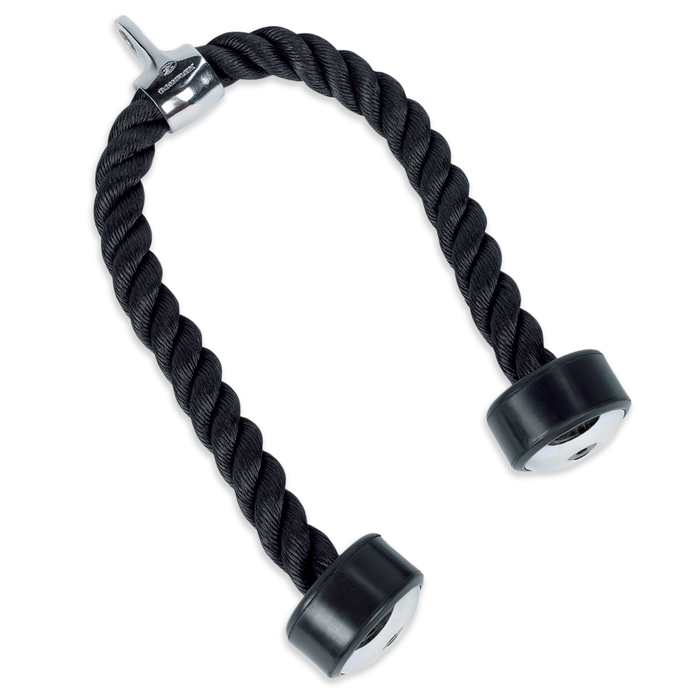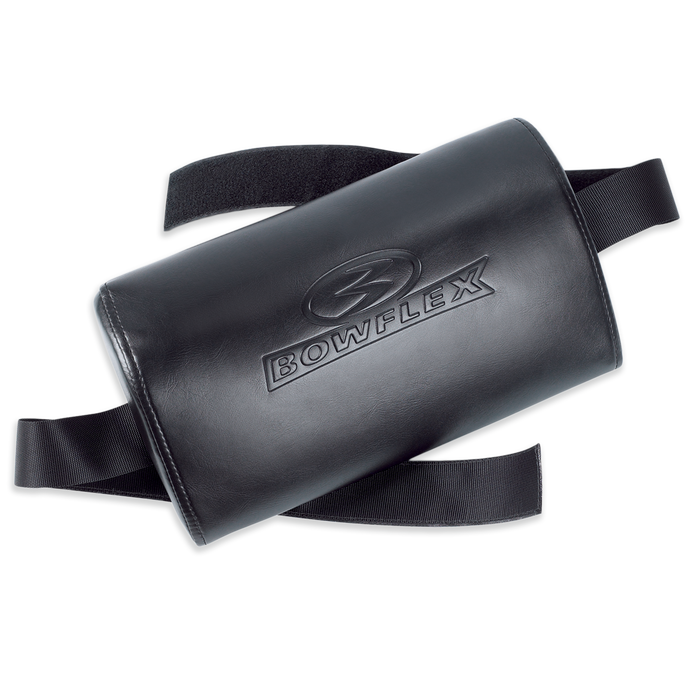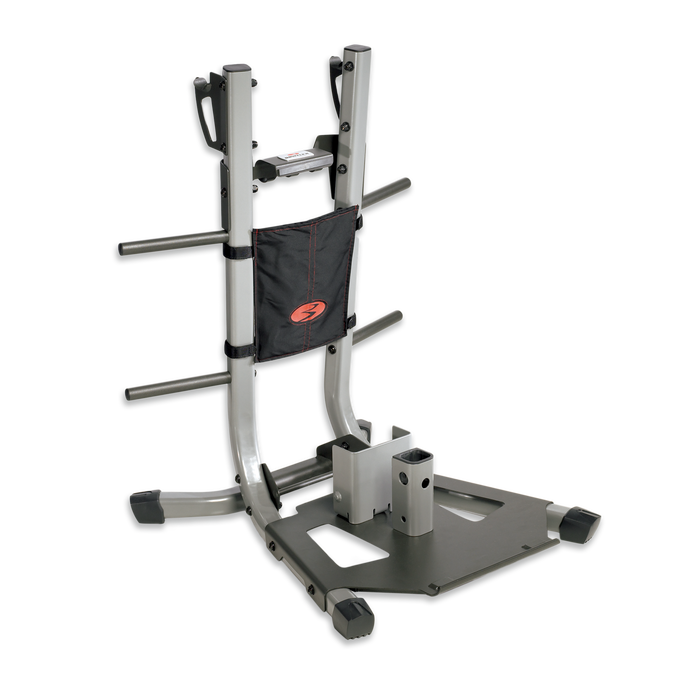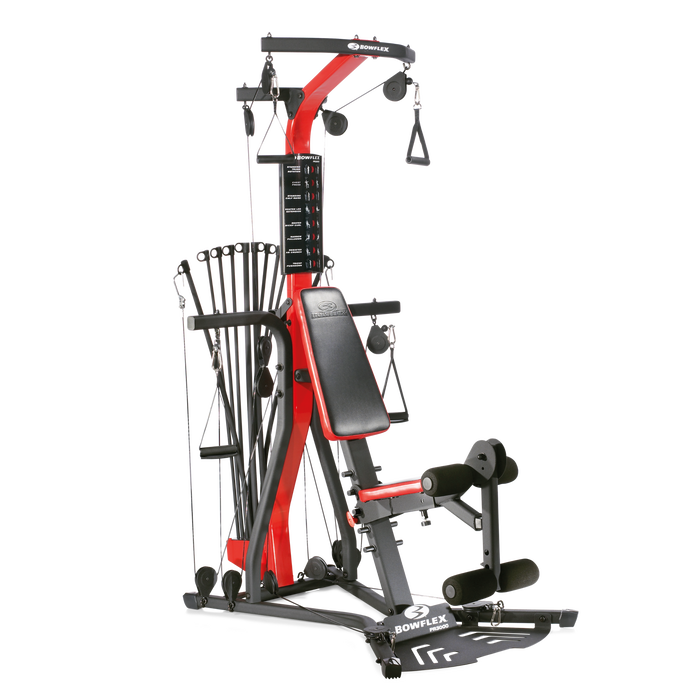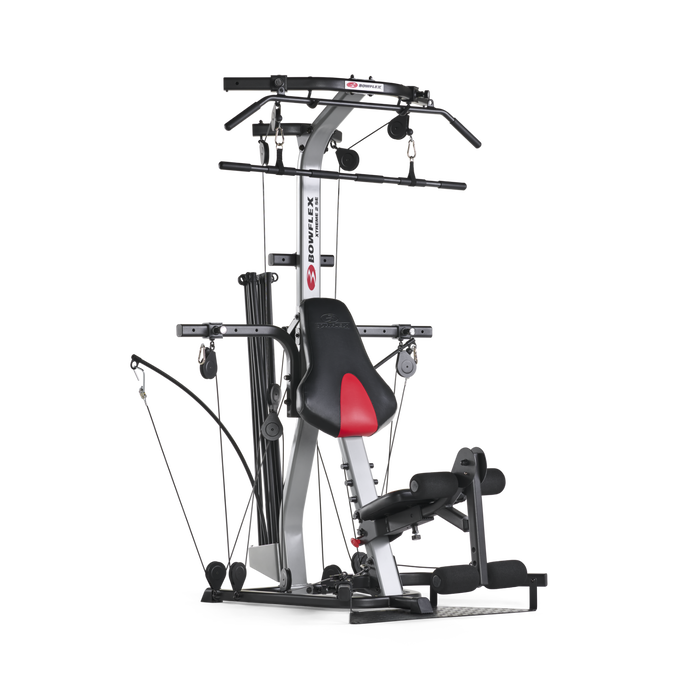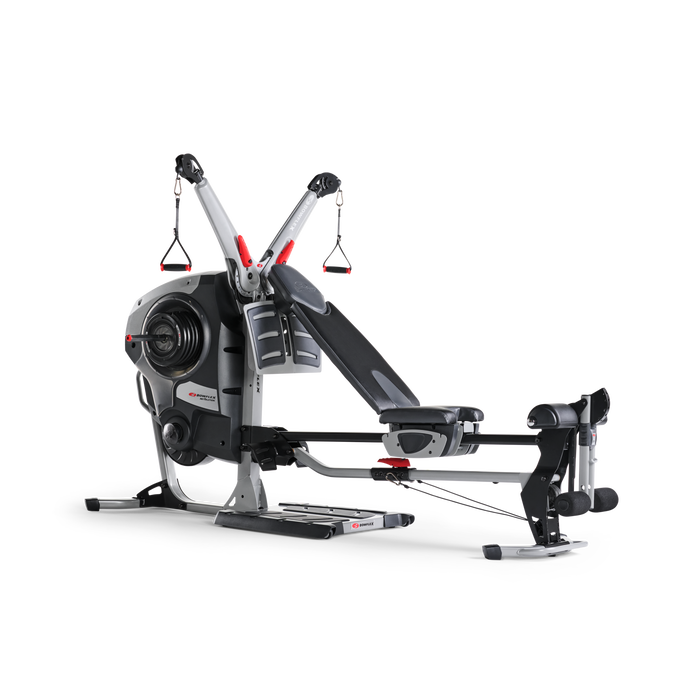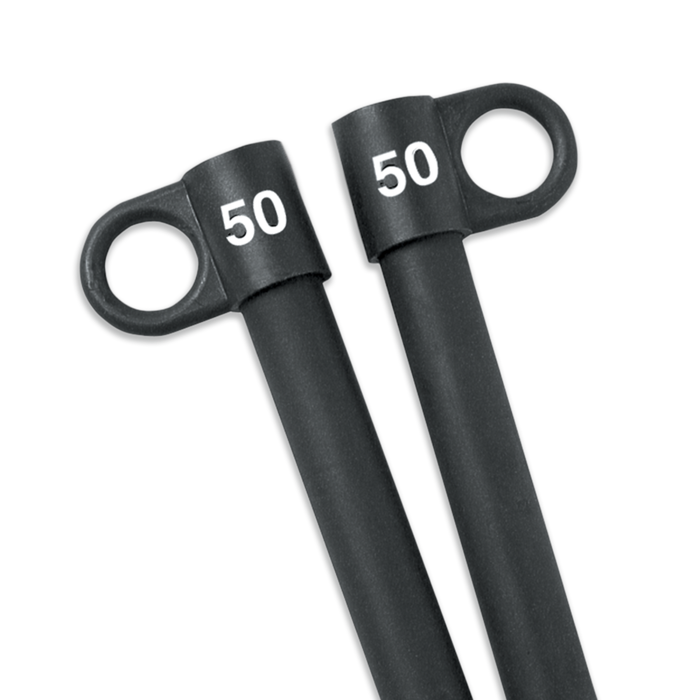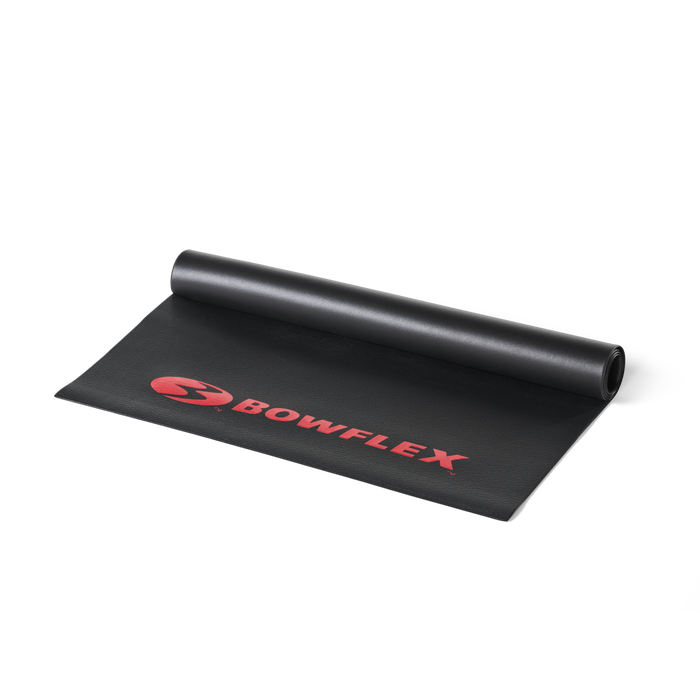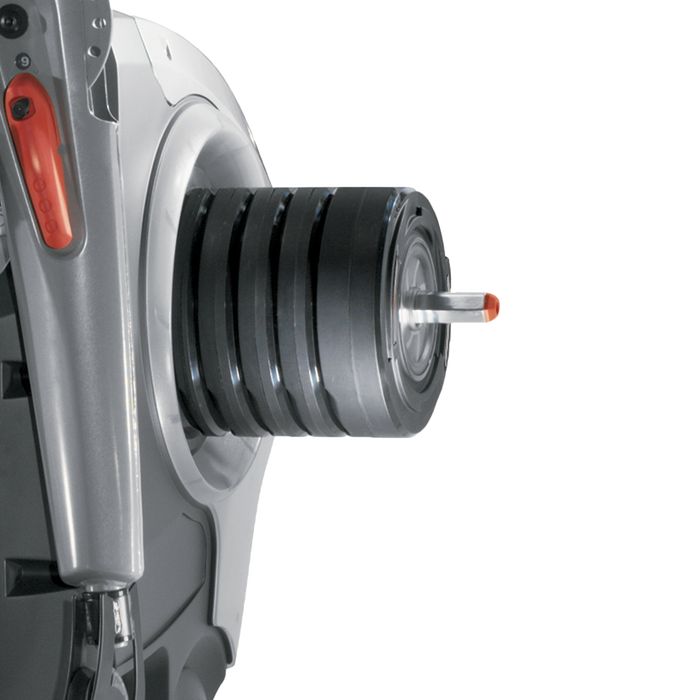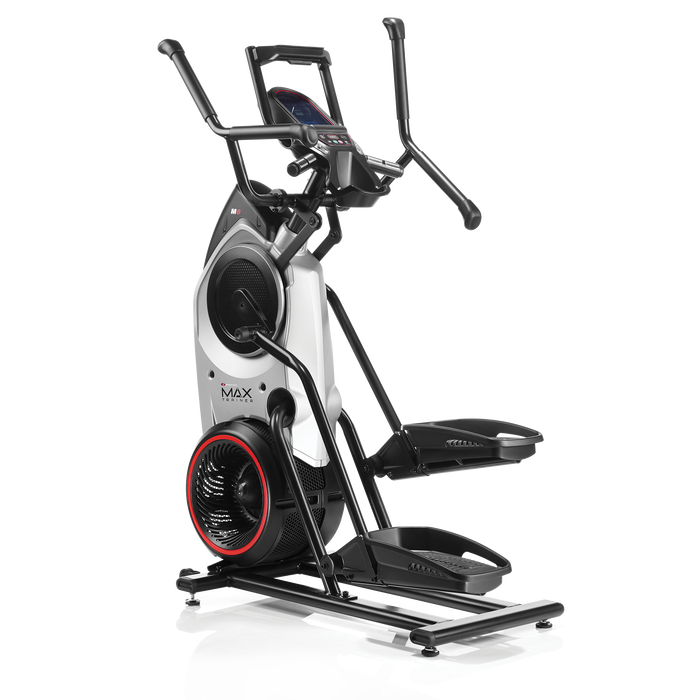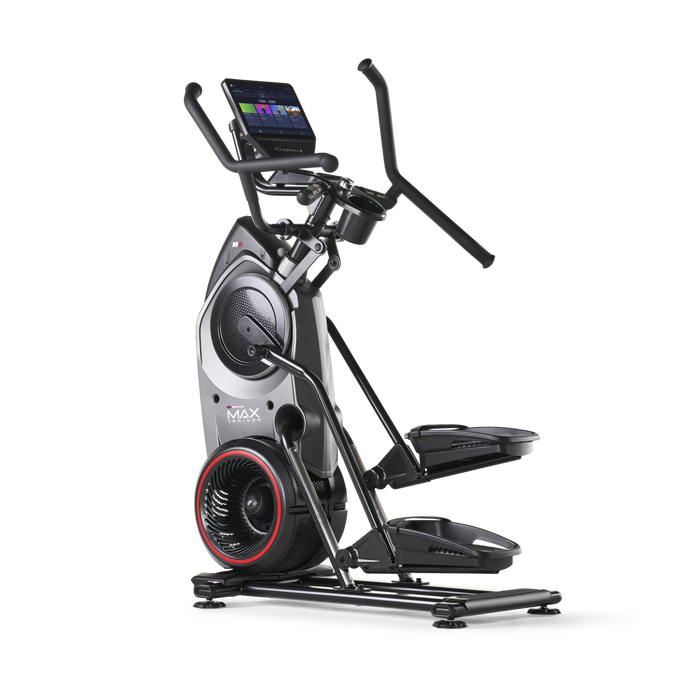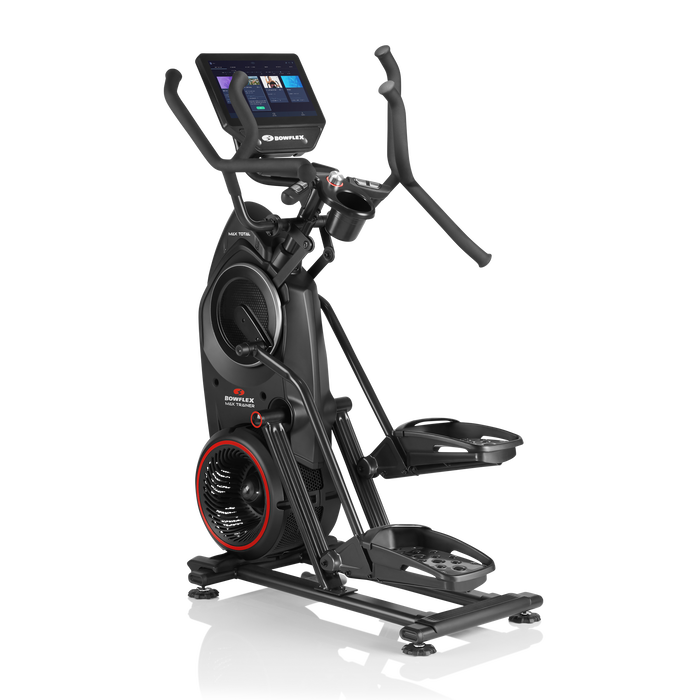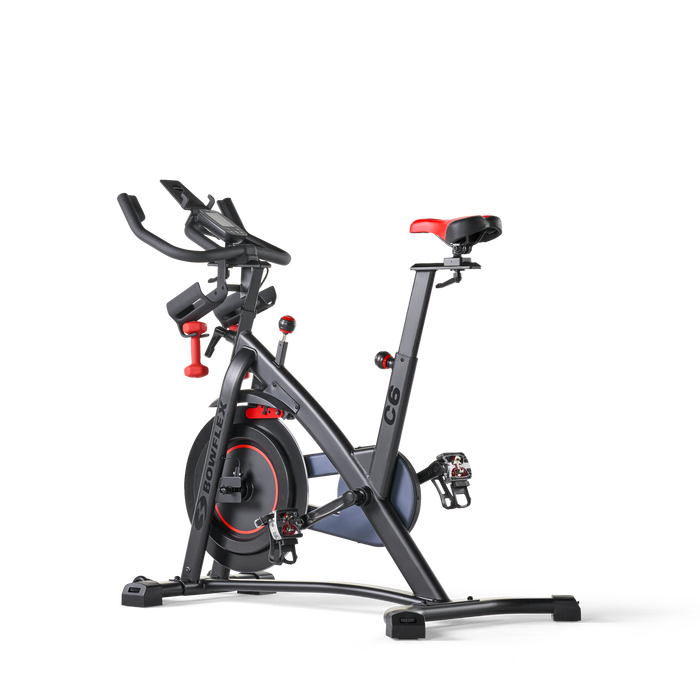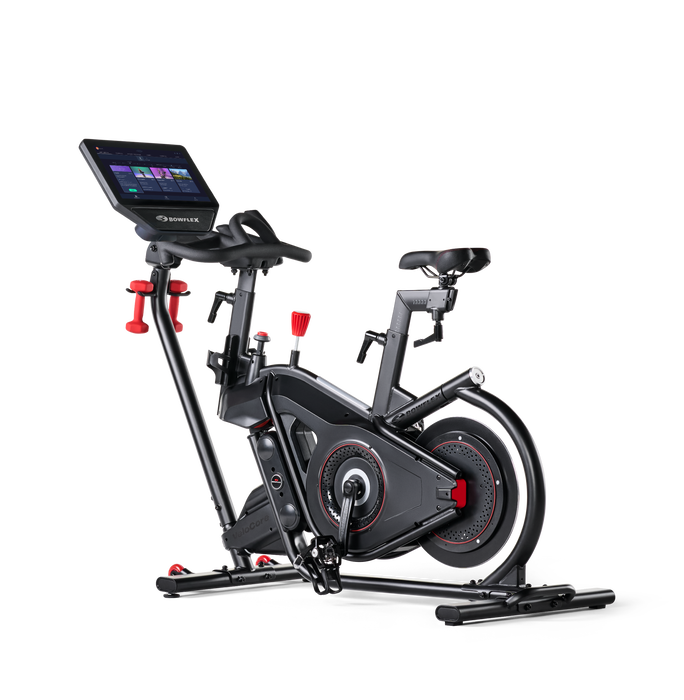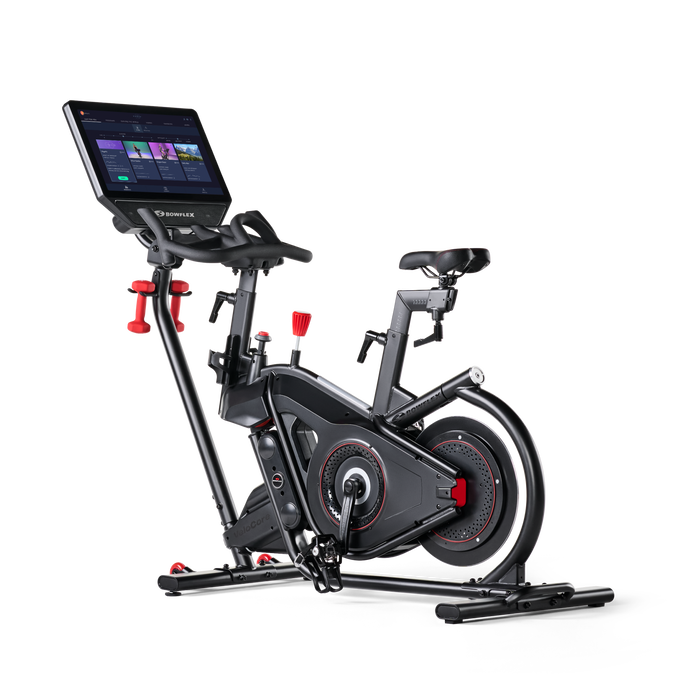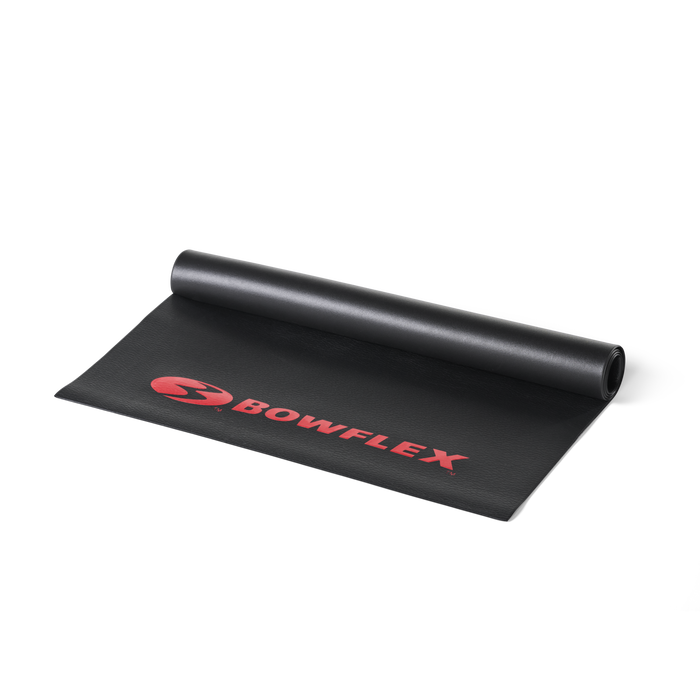Stretching

There are many myths and misconceptions about stretching. Most weekend warriors don't realize the benefits of stretching or the role it plays in being more than just a warm-up activity. Think of your muscles like rubber bands. When the rubber band is warm, its elasticity is much greater than when it is cold. Usually when it is cold it will snap and break. Stretching has also been known to increase flexibility which in turn can increase athletic performance.
Typical Myths
- Stretching is only for serious athletes.
- People with big muscles have less flexibility.
- Stretch first before anything else.
- You can't get hurt stretching.
- You don't need to stretch after a workout.
- Only runners need to stretch.
The goal of stretching is to lengthen a muscle and move the corresponding joints through the full range of motion, thereby allowing the muscle, tendon and ligament to lengthen. Size of muscle has no effect on elasticity, but stretching the fascia (connective tissue throughout the body) will allow more room for growth of muscle. One of my favorite and most important stretches is performing a superset toe or calf stretch with any calf exercise. Perform one after every single set of calf exercises.
Advantages to Stretching
- Relieves muscle tension
- Keeps muscles flexible, which can help your posture and balance
- Lengthens muscles and increases range of motion, which helps lengthen your stride
- Helps prevent muscle and joint injuries by elongating and relaxing muscles
- Flushes lactic acid out of your muscles.
However, stretching cold tight muscles can result in strains and possibly tears. Stretching with bad form or tight muscles is the third leading cause of injury in runners. In the stretch/non-stretch debate, it inevitably comes down to the fact that stretching helps prevent injuries, but only with a proper warm-up first. Walk or slowly jog for 5-10 minutes, then stretch. I actually prefer jumping jacks or jump rope in order to get the whole body's blood moving. It can be done fast and in a small space. As with most people, I try to find a nice mat or carpet and take my time stretching hamstrings and groin areas first. Then I prefer standing stretches for calves, quads and shoulders. After a few minutes of stretching I will usually perform one light set of an exercise for the muscle I am training that day.
As for more intense workouts or running, once my body has cooled down a few minutes, I will also perform stretching to help relax the muscles to help prevent soreness the next day. And if I happen to be very sore the next day, I will perform a light stretch again to relieve the soreness.
Stretching Do's and Don'ts
| Do … | Don't … |
|---|---|
|
|

